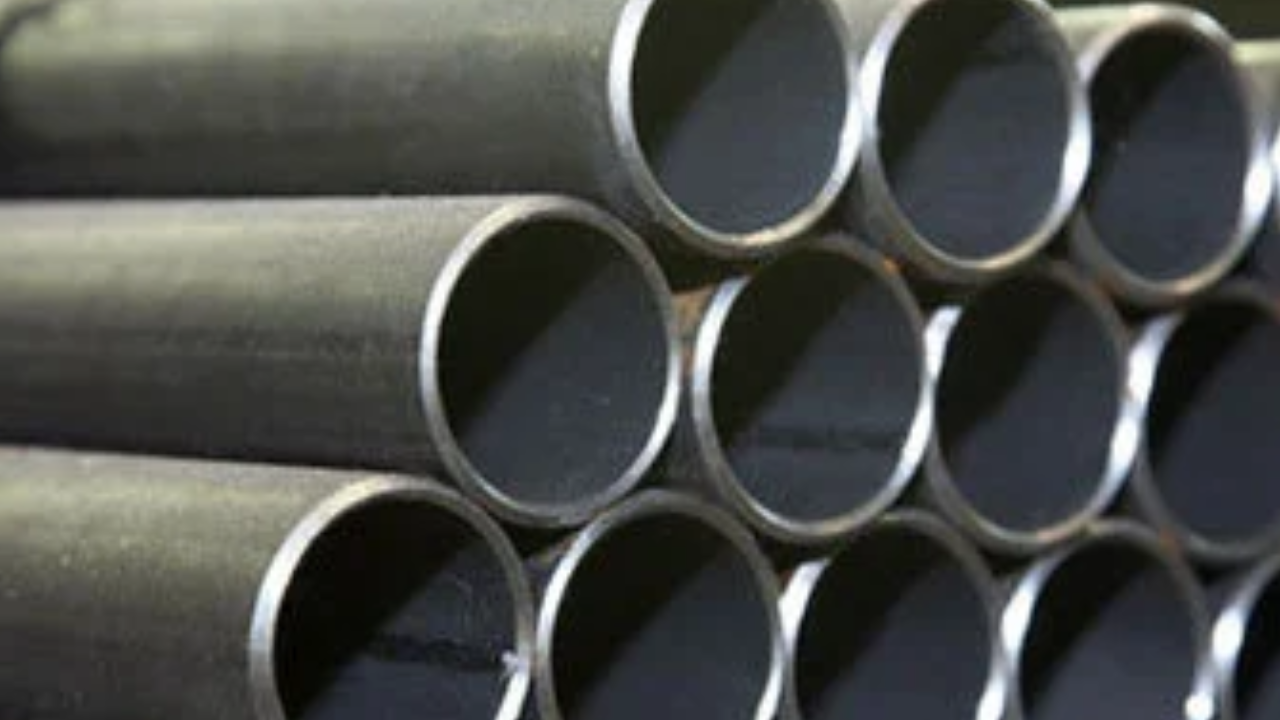ASTM A53 Grade B pipe is designed to fulfill the necessities of mechanical and strain applications while likewise being reasonable for standard use in different enterprises that incorporate steam, water, gas, and aviation routes.
To be had in both welded and seamless forms, Grade B of ASTM A53 pipe is available in Hot-dipped galvanized and black finishes, catering to various utility requirements. It is particularly crafted to facilitate coiling, bending, and flanging methods, presenting flexibility in various business settings. However, it is critical to be aware that non-stop-welded pipe isn't always advocated for flanging functions.
The intended utility of ASTM A53 Grade B pipe should be targeted while ordering to ensure that the perfect product is supplied. With its welded and seamless options, in conjunction with its potential to face up to shaping operations and its suitability for numerous industrial uses, the astm a53 grade b pipe stands as a flexible and reliable choice for a huge variety of mechanical, strain, and trendy-motive applications.
Common Maintenance Practices for ASTM A53 Grade B Pipes
Maintaining Grade B of ASTM A53 pipes is vital to ensuring their toughness, overall performance, and protection in numerous packages. Right here are a few common upkeep practices for these pipes:
Inspection and Monitoring
In the inspection and tracking of Pipes of ASTM A53 Grade B, everyday visible inspections are crucial to identify symptoms of corrosion, leaks, or harm. Non-destructive methods such as ultrasonic or radiographic testing help pick out inner flaws. Monitoring the integrity of defensive coatings and implementing cathodic safety structures also saves you corrosion. These practices make certain the pipes stay in the most suitable situation, minimizing the threat of failure and retaining protection and performance in various applications.
Cleaning and Protection
Cleaning and upkeep of Grade B of ASTM A53 pipes are crucial for their most fulfilling overall performance. Periodic internal cleaning gets rid of debris, sediment, and corrosion merchandise, at the same time as outside cleaning removes dirt and contaminants. Mechanical brushing, chemical cleansing, or pigging are commonplace strategies for internal cleaning. Slight detergents, brushes, or stress-washing gadgets are used for outside cleaning. These practices ensure the pipes stay unfastened from obstructions and contaminants, minimizing the chance of corrosion and maintaining green fluid flow.
Restore and Rehabilitation
The restoration and rehabilitation of Grade B of ASTM A53 pipes are crucial for addressing harm or deterioration. Patch maintenance involves the use of appropriate compounds or restoration sleeves to repair localized corrosion or damage. Normal inspection of joints and connections allows you to pick out leaks that could then be repaired or replaced. These measures ensure the structural integrity of the pipes, preventing leaks and retaining their capability in diverse packages.
Coating
Coating plays an important role in shielding Grade B of ASTM A53 pipes from corrosion. Zinc coating or epoxy coatings are normally applied to the pipes to offer a barrier against environmental factors. Everyday inspection guarantees the coating's integrity, and any damage is directly repaired to prevent corrosion. Additionally, cathodic protection systems, including sacrificial anodes or inspired current structures, may be employed to further enhance corrosion resistance. These measures prolong the lifespan of the pipes and maintain their reliability.
Environmental Monitoring
Environmental tracking is crucial for Grade B of ASTM A53 pipes to evaluate elements like temperature, humidity, and exposure to corrosive substances. Everyday reviews help become aware of capacity risks to the pipes' integrity and sturdiness. Protecting measures, together with insulation or corrosion inhibitors, can be carried out primarily based on monitoring results to mitigate environmental results. With the aid of proactively tracking environmental situations and enforcing suitable measures, operators can minimize corrosion and maintain the pipes' overall performance and toughness in numerous programs.
Conclusion
The right maintenance of ASTM A53 Grade B pipes is crucial to ensuring their reliability, toughness, and overall performance in diverse programs. By imposing everyday inspection, cleaning, repair, and environmental monitoring practices, operators can minimize the danger of disasters, extend the lifespan of the pipes, and maintain the integrity of their infrastructure. Additionally, comprehensive documentation and report-maintaining facilitate powerful maintenance plans, compliance with regulations, and continuous improvement in renovation practices.


